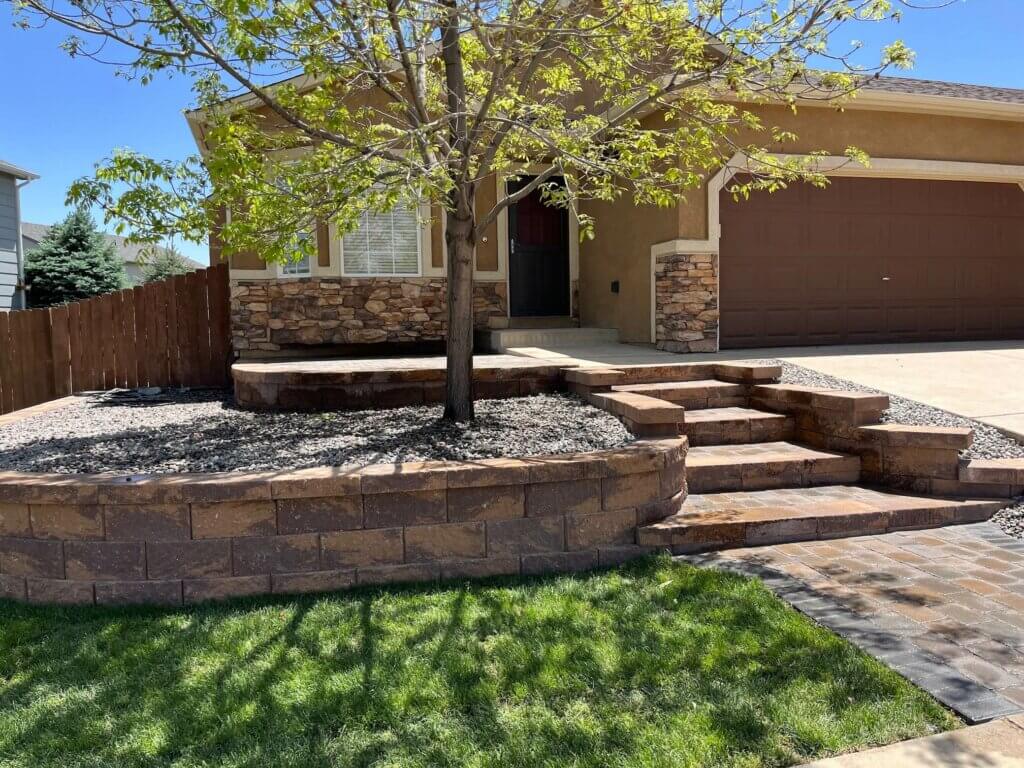Menu
Spring and summer are right around the corner, and that means it’s time to start thinking about preparing your yard for warmer weather. A well-maintained yard not only looks great but also provides a relaxing and inviting space for you and your loved ones to enjoy. Here are some lawn care tips for getting your yard ready for the season.
Start by removing any debris and clippings, such as leaves, branches, and other yard waste that may have accumulated over the winter months. This will not only make your yard look neater, but it will also help prevent any potential hazards.

Pruning trees and shrubs is an essential part of maintaining a healthy and attractive landscape. By removing dead or damaged branches, shaping growth, and controlling size, pruning promotes healthy growth and can prevent potential hazards. This will also encourage new growth in the spring.
Different species of trees and shrubs have different optimal times for pruning. Generally, pruning should be done during the dormant season, before the growing season appears in the spring. However, there are some exceptions, such as flowering trees and shrubs, which should be pruned after they bloom.
Avoid over-pruning by limiting the amount of growth you remove from the tree or shrub. Removing too much growth can weaken the plant and make it more susceptible to disease and pests.
Apply a slow-release fertilizer to your lawn and garden beds to provide essential nutrients for healthy growth. This will also help prevent weeds from taking over your lawn and garden. Fertilizer can be applied in early or late spring.
Aerating soil is the process of creating small holes or punctures in the ground to allow air, water, and nutrients to penetrate the soil more easily. Soil can become compacted over time, making it difficult for roots to grow and receive the essential nutrients they need. Before aerating, water the soil thoroughly to make it easier to penetrate. This will also help the soil hold its shape after the holes are created.
If you have bare spots in your lawn, either seed or sod them to promote healthy growth and prevent weeds from taking over. Early spring is a great time to seed your lawn or overseed existing grass to promote healthy growth and fill in bare or thin spots. Here are some tips for seeding grass in the spring.
Select a grass seed that is appropriate for your climate and the amount of sunlight your lawn receives. Consider the specific needs of your lawn, such as whether it is prone to drought or heavy foot traffic.
For best results, loosen the soil in the area where you plan to seed by raking or tilling. Remove any debris or rocks, and add compost or other organic matter to improve soil structure and fertility. If you are trying to fix bare spots in your yard, be sure to rake up the bare spot to loosen the dirt which will help the seed take hold faster.
Use a broadcast spreader to evenly distribute the grass seed over the soil. Follow the instructions on the seed bag for the recommended amount of seed per square foot. It’s generally better to overseed than not apply enough. With that being said, if you are unsure of whether or not you have enough seed, it may not hurt to buy another bag just in case.
After seeding, water the area regularly to keep the soil moist but not soaked. The seed should be kept consistently moist until it germinates, which typically takes between 7-14 days. Be sure to check your county for any regulations as some limit the number of days that you can water your lawn before getting penalized, though if it is a new lawn you can usually apply for an exception.
Mulching your garden beds will help retain moisture, suppress weeds, and regulate soil temperature. Plus, it looks great and gives your yard a finished look. If you are cleaning up other debris from your yard, you might as well remove the top layer or any old mulch and weeds from your garden beds at the same time. In Colorado and other dry climates, you may want to consider a mulch that will help with moisture retention.

Make sure your irrigation systems are working properly and adjust them as needed to ensure your lawn and garden get the right amount of water. It’s pretty common for Sprinkler heads to get knocked off their pattern during the year so spring is a perfect time to get the water turned back on to your system and start adjusting each head in each zone. It’s important to note that you should wait until the ground thaws and the overnight temps haven’t dropped below freezing for about a week. This will ensure that your irrigation system won’t freeze and cause any cracks in pipes or tubes.
By following these tips, you can get your yard ready for the spring and summer months and enjoy a beautiful and healthy outdoor space all season long. So roll up your sleeves, grab your gardening tools, and get started! Need help with your yard this spring? Reach out today for a free consultation!